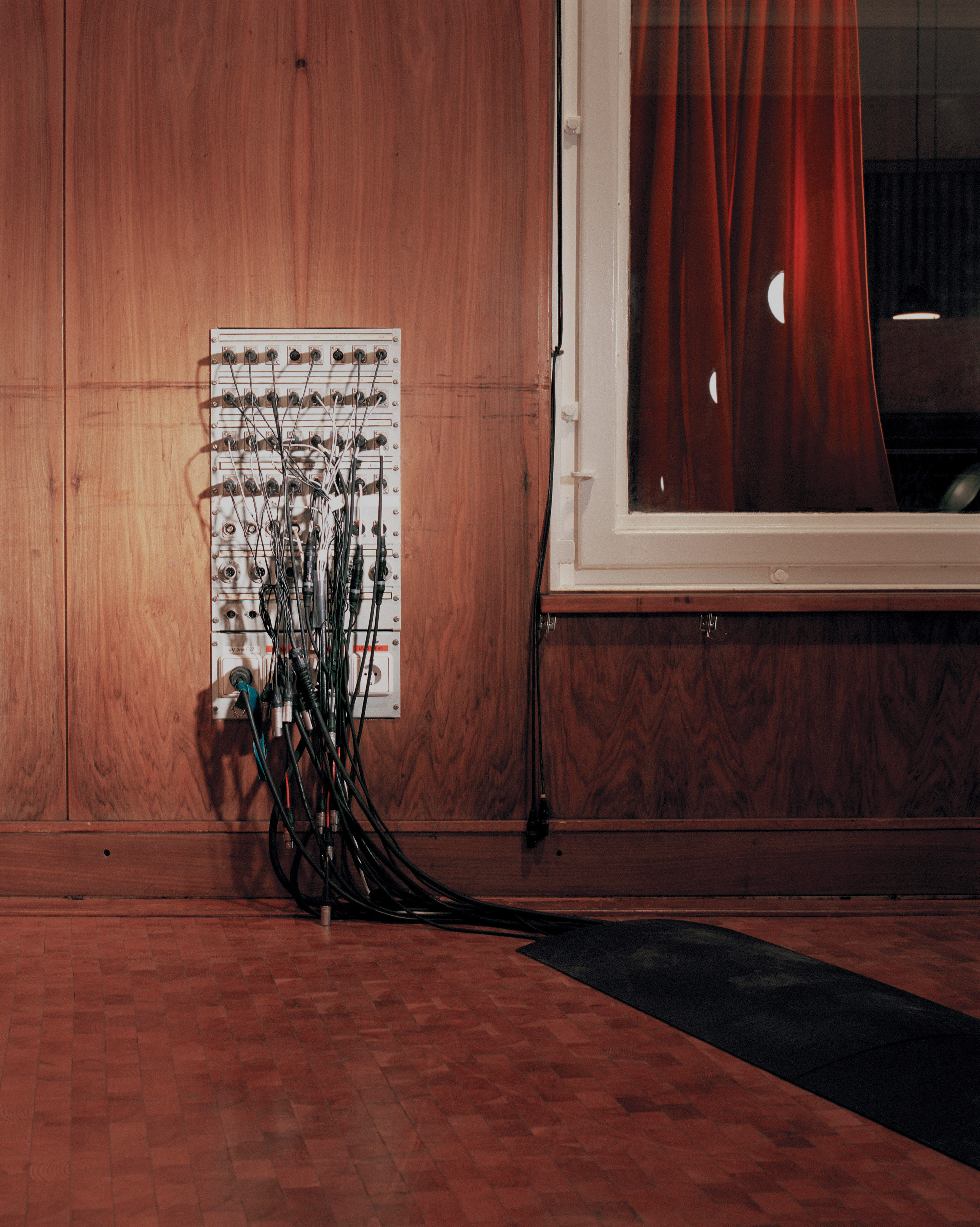Not long after I finally made the plunge into acquiring a 500 Series rack and some modules, I noticed audible noise coming through some of the mic preamps in my rack. I deduced right away that the problem was the inline switching power supply feeding my rack. As you may know, switching power supplies are cheaper to source or build and are more efficient than linear power supplies. But linear power is (usually) substantially cleaner and has better transient response, making linear generally better for audio use. This said, many 500 Series racks use switching power supplies, and with good design implementation they will work properly. What I found was that of the five different 500 Series preamp types I owned, two of them were audibly noisy, causing me to not use the units. I considered dumping the two 10-space racks I'd already purchased and getting an overbuilt rack with better power [two that came up were Rupert Neve Designs R10, Tape Op #124, or Purple Audio's Sweet 10, #100], but my next thought was, "Why couldn't there be a power filtering box that installs between the supply and the rack to clean some of the noise and hash from the switching power supply?" I asked a friend to build one for me but I could sense his reticence, and, being a great designer, I knew he'd rather rebuild the entire unit from the top down – something he probably didn't have the time for and I didn't have the budget for! After multiple internet searches, I found an old thread on a forum somewhere that linked to a manufacturer of a passive "inline box to clean up and filter switching and linear power supplies." Amazingly the DC Power Box was presented as being ready for many brands of 500 Series racks, even mentioning the brand I had. For $100 a rack? I was sold. The person behind this, Dan Deurloo, runs Collective Cases, supplying custom cases (and much more) to DIY audio builders. This looked promising! I purchased direct from Dan and quickly received two little black boxes with 5-pin XLR ins and outs. Then I realized I had no 5-pin XLR cables to jumper from the DC Power Box to the 500 rack's power input! Oops. Now is the time to note that basically no one sells premade, 3-foot, 5-pin XLR cables out there (watch out for DMX cables as I don't believe they will work for this). I could not even find longer cables for this, like one might need for a tube mic. A quick order to Redco Audio solved that problem, and a week later I was plugging the DC Power Boxes in. First though, I turned up all the inputs from all my mic preamp pairs and recorded the resulting hiss and hum into Pro Tools. After installing these boxes, I recorded the outputs again. After zooming in on the waveforms, I could tell that visually two of the preamps showed a reduction of some sort of noise. Listening, I could hear less of the low end hum (120 Hz, mostly) on these preamps, plus a noticeable reduction in hiss. The other three preamps remained the same; if there had been hiss there was still hiss, but in all cases none of them had exhibited audible signs of AC hum before or after. After dropping the files into iZotope RX 6 [#123] I was able to "see" the true reduction on these certain preamps, and it turned out to be around 12 dB quieter; enough to drop the hum below the listening threshold on tracks when recording.
Dan says, "I designed the DC Power Box out of my own need. Once I had the circuit tested and made up, I found I use them all over the place in my DIY builds and in my studio." I like that the DC Power Box can be adapted to many other devices or DIY projects, and Dan's simple, cheap DC Filtering PCB offers a "raw" version of the Box that one can use in other formats and even load with parts already sourced. I'm super happy that I found an affordable solution for cleaning up power in my studio, and that I've rendered two pairs of great sounding preamps more likely to be used on sessions from now on. Problem solved!




_disp_horizontal_bw.jpg)